What is Selvedge Fabric?
The selvage (US English) or selvedge (British English) is the term for the self-finished edges of fabric. The terms selvage or selvedge are a corruption of “self-edge”, and have been in use since the 16th century. The selvages are a result of how the fabric is created. In knitted fabrics, selvedges are the unfinished yet structurally sound edges that were neither cast on nor bound off. Historically, the term selvage applied only to loom woven fabric, though now can be applied to flat-knitted fabric.
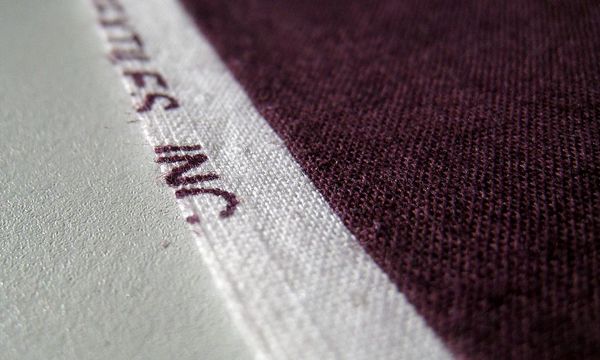
The selvage (or selvedge) of knit fabric is an edge formed by changing the stitch pattern at the beginning and end of every row. This stabilizes the fabric and prepares it for seaming or creates a finished edge on pieces that will have no further finishing. Selvage stitches form a firm edge, which is helpful when working openwork patterns that tend to widen, or with slippery yarns, such as silk or rayon, which have a tendency to slide out of shape.
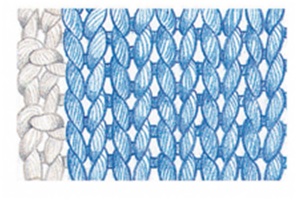
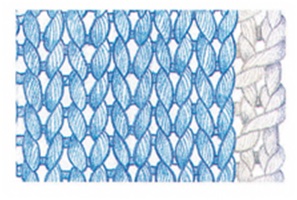
Applying the term selvedge to a hand-knitted object is still relatively new. Most books on fabric define a selvage as the edge of a woven cloth; however the term is coming into usage for hand-knitted objects. The edges of machine-knitted fabric on the other hand are rarely if ever referred to as selvages. Selvages in knitting can either bear a special pattern worked into the first and last stitches or simply be the edge of the fabric. The two most common selvage stitches are the chain-edge selvage and the slipped-garter edge, both of which produce a nice edge. The chain-edge selvage is made by alternating rows of slipping the first stitch knit wise and knitting the last stitch, with rows of slipping the first stitch purl wise and purling the last stitch. The slipped garter edge is made by slipping the first stitch knit wise and knitting the last in every row. Other selvages include a garter stitch border one stitch wide, or a combination of the above techniques. Knitting selvages makes the fabric easier to sew together than it would be otherwise. It also makes it easier to pick up stitches later, and is a good basis for crocheting a further decorative edge onto.
Working Principle of Selvedge Fabric:
Working principle of left and right edges as follow:
Row 1 Knit one, work to the last stitch, and knit one. Repeat this row. This method has three variations. All of them make a chain stitch edge, with each chain loop representing two rows. It is perfect to use when you must later pick up stitches.
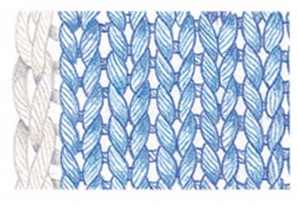
| English method Row 1 (RS) Slip the first stitch knit wise, work to the last stitch, slip the last stitch knit wise. Row 2 Purl one, work to the last stitch, purl one. Repeat these two rows. | French method Row 1 (RS) Slip the first stitch knit wise, work to the last stitch, knit one. Row 2 Slip the first stitch purl wise, work to the last stitch, purl one. Repeat these two rows. | German method Row 1 (RS) Knit the first stitch, work to the last stitch. With the yarn in back, slip the last stitch purl wise. Row 2 Purl the first stitch, work to the last stitch. With the yarn in front, slip the last stitch purl wise. Repeat these two rows. |
Importance of Selvedge Fabric Collection:
The selvedges on fabrics contain some useful information. It tells us the fabric manufacturer and collection title plus the designer. Often the style number of the fabric and a website address will also be printed on the edge of the fabric. This is enormously helpful for us and others helping us when looking for that certain piece of fabric. Not only do fabric selvedges contain manufacturer information, but also they contain little circles which are colors used in the fabric. These little color swatches can greatly help us looking for coordinating fabrics. Keep those fabric selvedges! We never know when it might be needed for us. Plus those little bitty pieces of fabric could save our hours of searching!
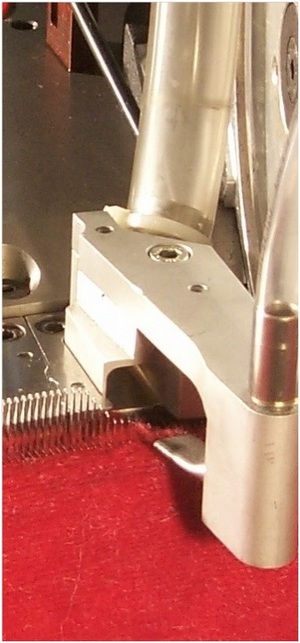
Some selvages, such as garter or slip-stitch selvages, can help you keep track of rows. The knots or chains created on every other row make it easy to count the rows.
You may also like:
- 100 Different Types of Fabric and Their Uses
- Nonwoven Fabric Manufacturing Techniques
- What is Knitting and Knitted Fabric | Features of Knitted Fabrics
